Exhibition of porcelain relics offers insights into colonial South America’s trade, cultural ties with imperial China
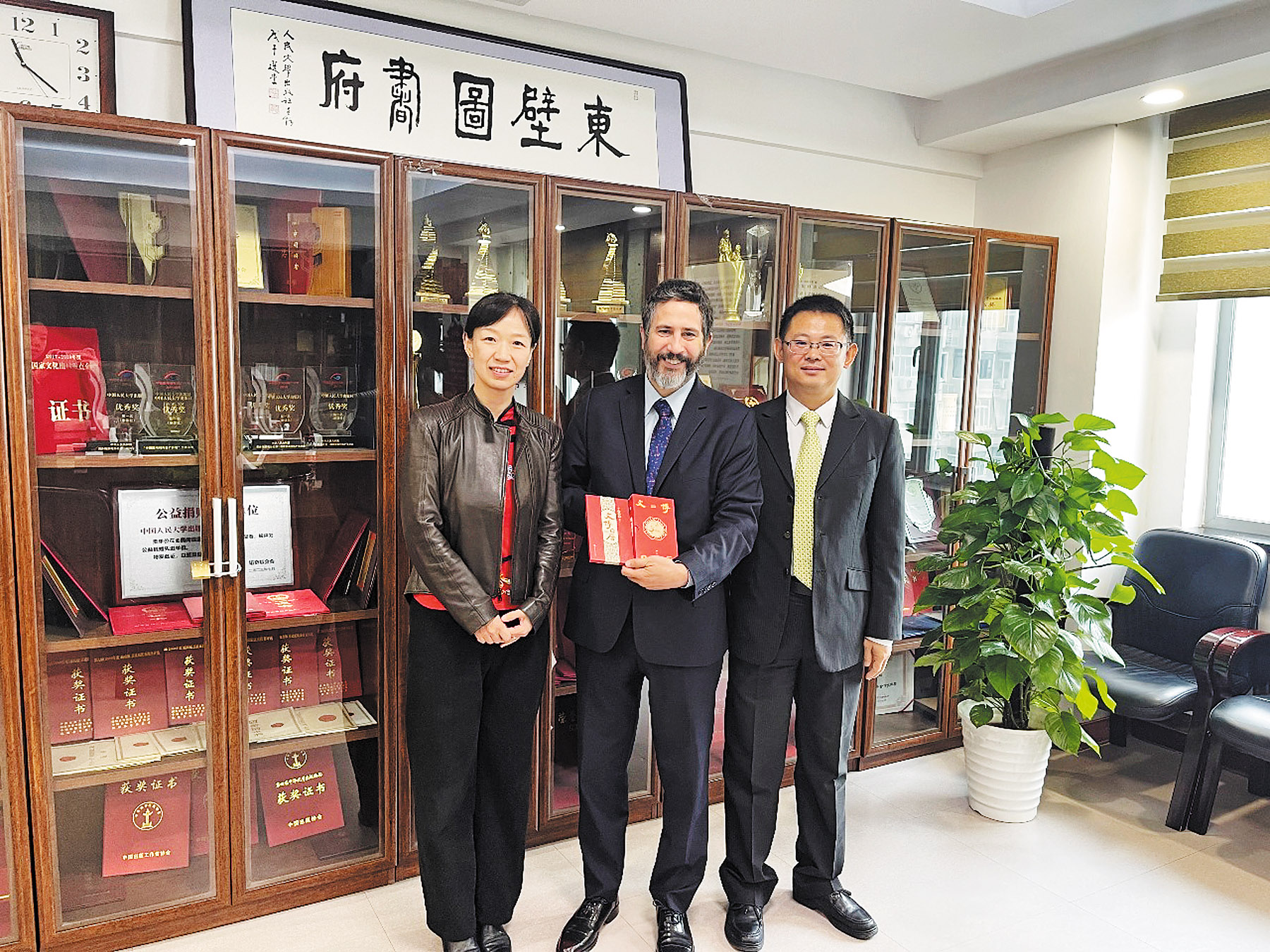
In a small but influential museum in the north of Argentina, a porcelain exhibit takes visitors back five centuries and around the world, bringing to life
Chinese culture and its nuanced and multifaceted influence on South America.
The History Museum of the North in the city of Salta opened Millennial Porcelain: A Journey from China to Salta, an exhibition that puts the spotlight on Chinese porcelain that made its way from imperial workshops in the Middle Kingdom all the way to Spain’s colonial settlements in South America. Visitors can explore the cultural phenomenon of porcelain collecting and its historical significance along the ancient Silk Road all the way to colonial South America.
At its most basic, the Millennial Porcelain exhibition highlights the reality that “there were commercial and cultural ties between the Americas and China (going back many centuries),” said Maria Virginia Gunther, a researcher at the museum who headed up research for the exhibit.
“We want to highlight the early connections between the Americas and China, showing how porcelain serves as tangible evidence of these exchanges.”
“Our main goal is to make this collection accessible to the community. We decided to contextualize it using fragments of Chinese porcelain found in excavations conducted in … Esteco I,” said Gunther, referring to an Argentine historical site. “This allowed us to link the pieces to local history and provide a perspective on the early exchanges between America and China.”
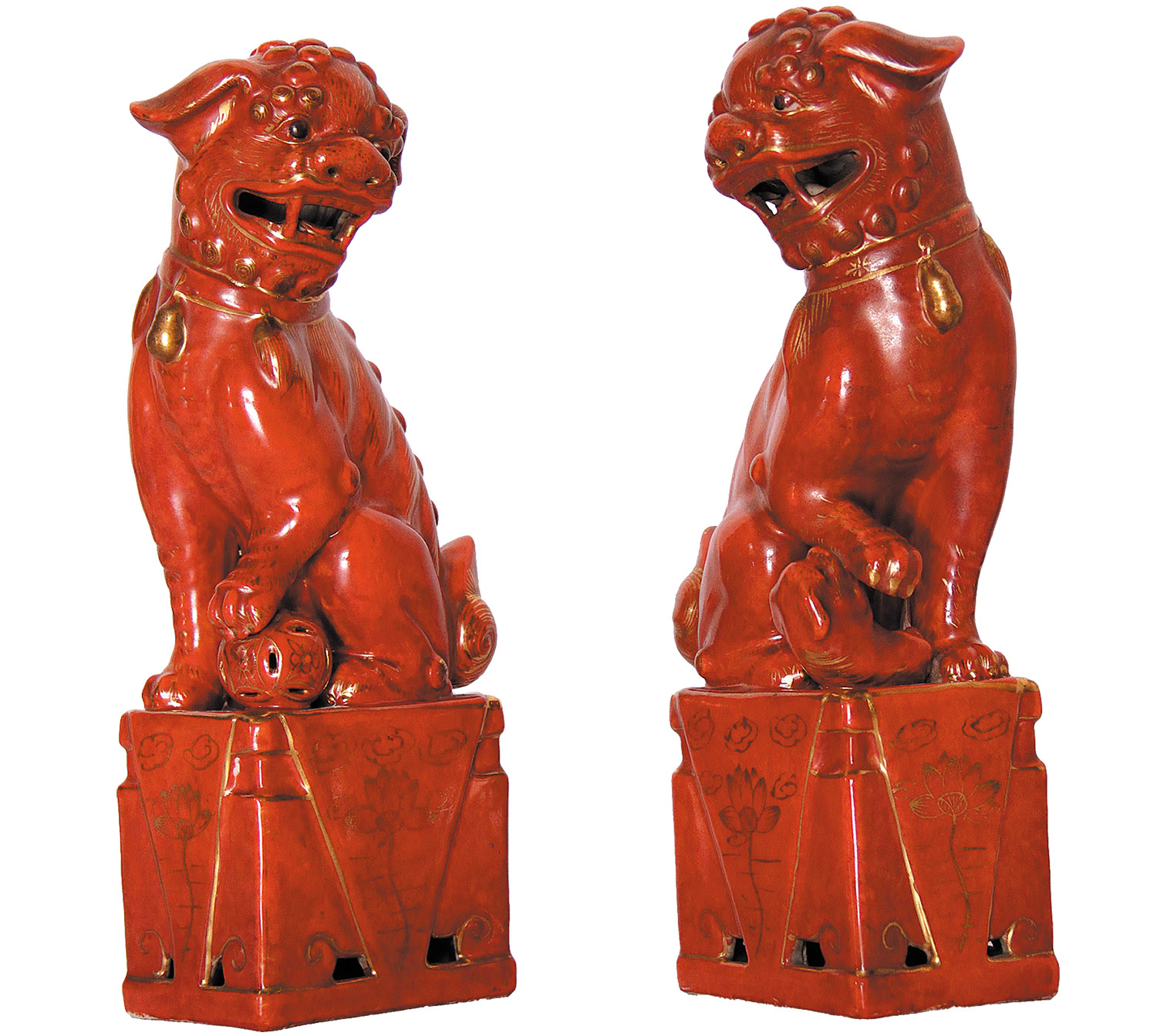
The exhibition, which includes pieces from a private collection as well as recently dug archeological finds, opened in late November and will run through March 2025. It includes rare porcelain pieces, including some believed to be from Emperor Qianlong’s era (1735-1795), and archaeological fragments dug up from the fabled Argentine colo-nial city known as Esteco, which was obliterated by an earthquake in 1962.
The exhibit is the result of a wide-reaching collaboration backed by Chinese and Argentine institutions, including the Chinese embassy in Argentina, the China-Argentina Studies Center, the Salta Anthropology Museum (which led the dig in Esteco), provincial cultural authorities, local municipal governments, and the Catholic University of Salta.
The exhibit underscores the long-standing interest in Chinese culture and its deep historical links with the region. It features a variety of pieces, including representative samples of Imari porcelain and pieces from the “Rose” and “Green” porcelain families —so named for the colors used to glaze them — highlighting centuries of artistic evolution.
“It has been an enriching experience, especially because it allows us to connect our historical past with current generations,” said Gunther. “It’s a very diverse collection, but we lack precise chronology or detailed information about its provenance.”
“Some pieces have labels with seals that seem to correspond to the reign of Emperor Qianlong, between the years 1735 and 1795. There are also a couple of bowls with similar characteristics,” said Gunther.
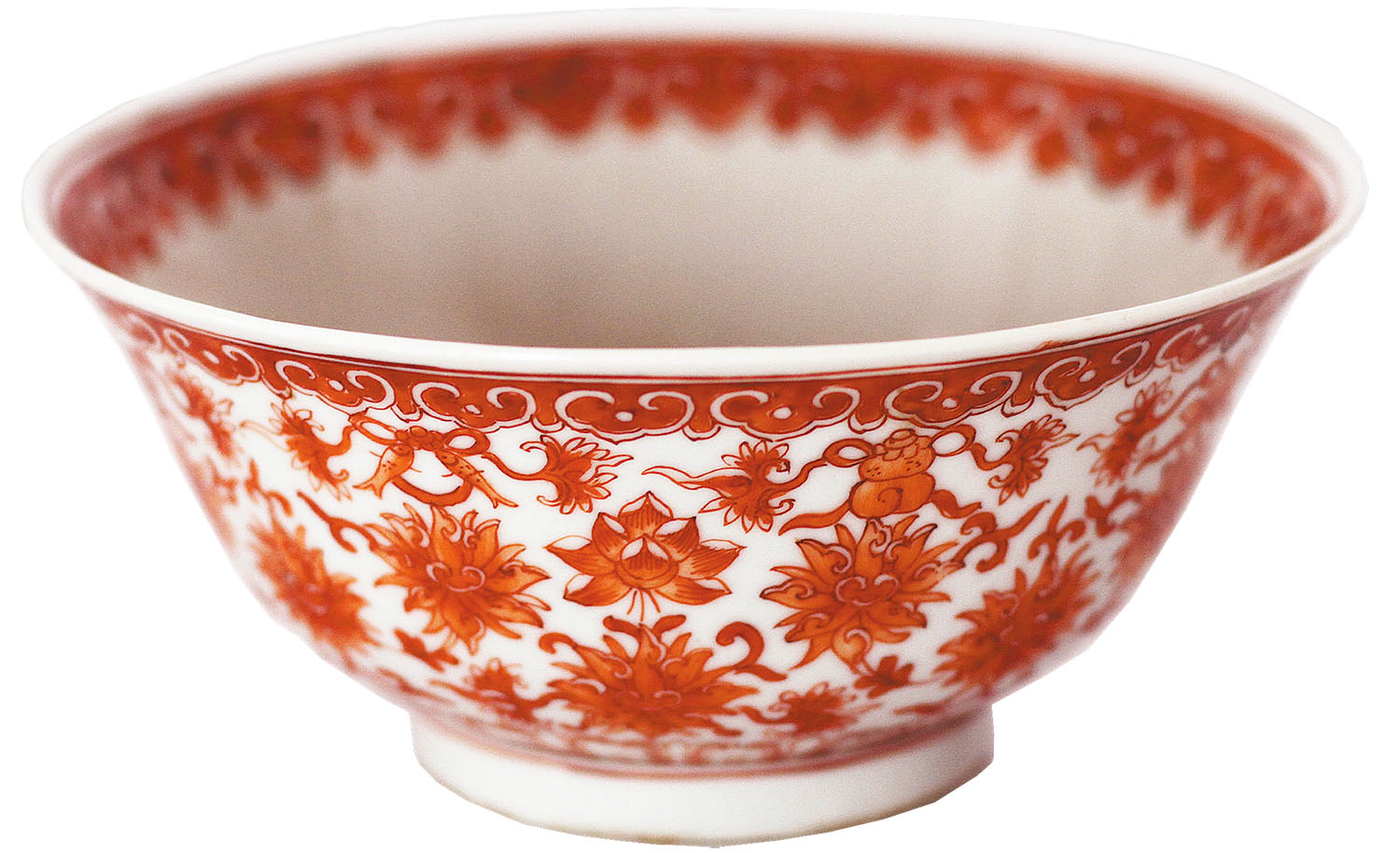
For many visitors, the exhibit is also a powerful reminder of the tragic history of the Spanish colonial settlement founded in 1566 that was officially called Nuestra Señora de Talavera but better known as Esteco. The city was relocated in 1609 and merged with another settlement to form Nuestra Senora de Talavera de Madrid, which became known as Esteco II.
Esteco II evolved over the next eight decades to become one of the region’s most prosperous cities, until it was destroyed by an earthquake. Legend has it, that the city had become “cursed” by the vanity and opulence of the people who lived there.
“For the people of Salta, Esteco also holds special meaning because of its connection to the earthquakes. This exhibition allows us to preserve that historical memory,” said Gunther.
Many of the pieces were uncovered by archaeological excavations that started at the beginning of this century, said Gunther. The presence of Chinese porcelain at Esteco II shows strong evidence of international connections in remote Latin American outposts, said Gunther.
“These fragments, belonging to the Ming Dynasty (1368-1644), demonstrate that there were commercial and cultural ties between America and China (centuries ago). Currently, these fragments are safeguarded by the Museum of Anthropology in Salta,” added Gunther.
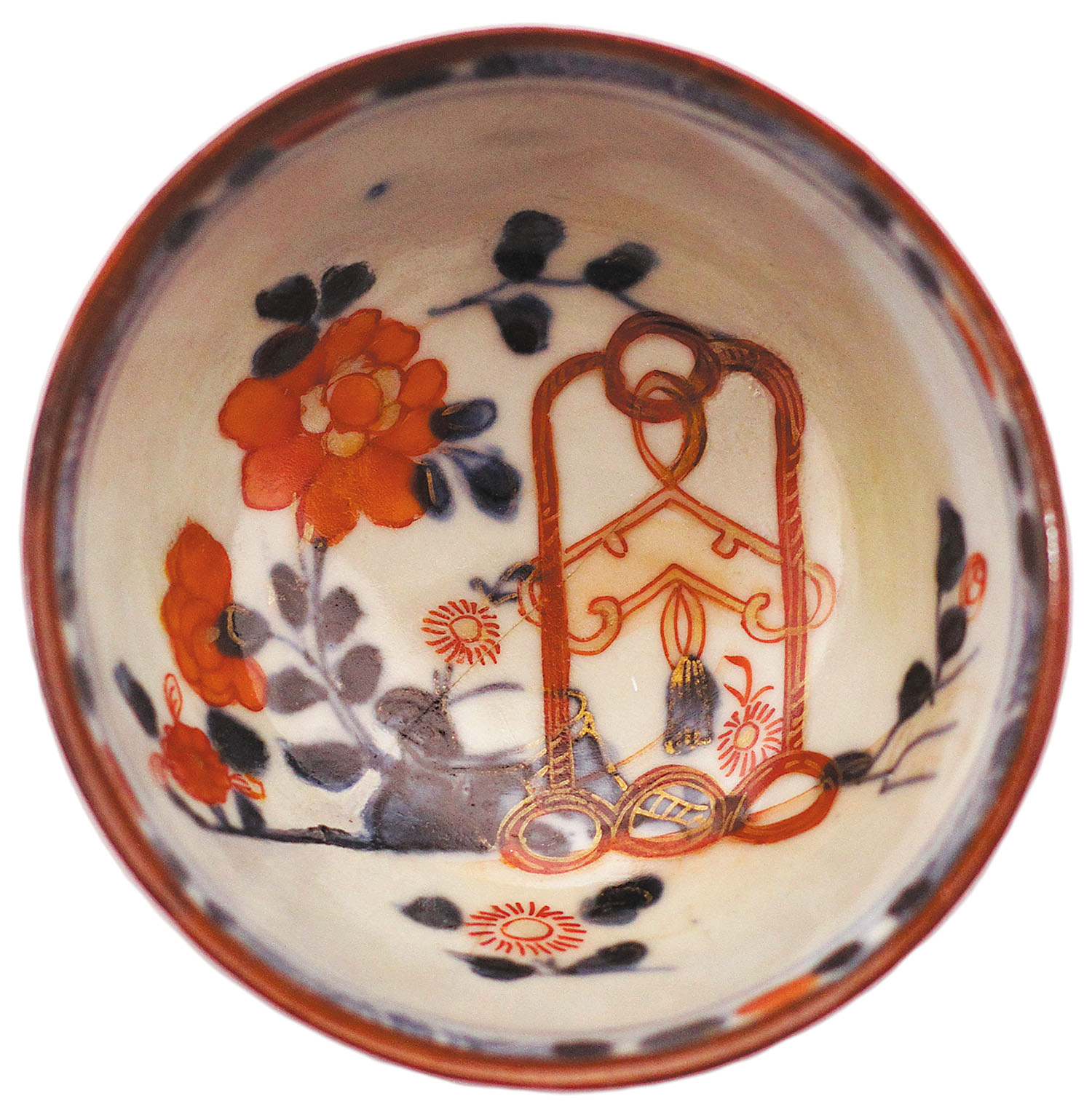
Over the years, archeologists have dug up parts of the city, along with fragments of porcelain pieces that are included in the exhibit, said Maria Campero de Larran, who leads the conservation and restoration efforts at the museum.
“The aim of this exhibition is not only to share this collection and preserve its legacy in Salta but also raise funds,” said Campero de Larran, who noted that it was the museum’s management that “proposed showcasing this collection to make it accessible to a wider audience”.
While the fragments dug from Esteco are owned by the Salta Anthropology Museum, the full pieces in the exhibit are from the Mascias-Moinaria art collection, which includes 60 pieces of Oriental art and was donated to the H.O.P.E. Foundation, which supports children with cancer. A parallel goal of the exhibit is to publicize the collection and, perhaps, find a buyer to raise funds for the foundation.
The pieces from the collection on loan to the exhibit originated in China and have been linked to similar pieces that were present in Salta, said Ignacio Villaran, director of the Argentina-China Studies Center at the Faculty of Social Sciences of the University of Buenos Aires.
Salta is, at first glance, an unlikely place for a repository of Chinese history. At the same time, historical Chinese artifacts may be an unlikely repository of efforts to preserve Salta’s own legacy and an even less likely vehicle to give visitors a glimpse into the long-standing trade ties between the erstwhile colonial center and imperial China.
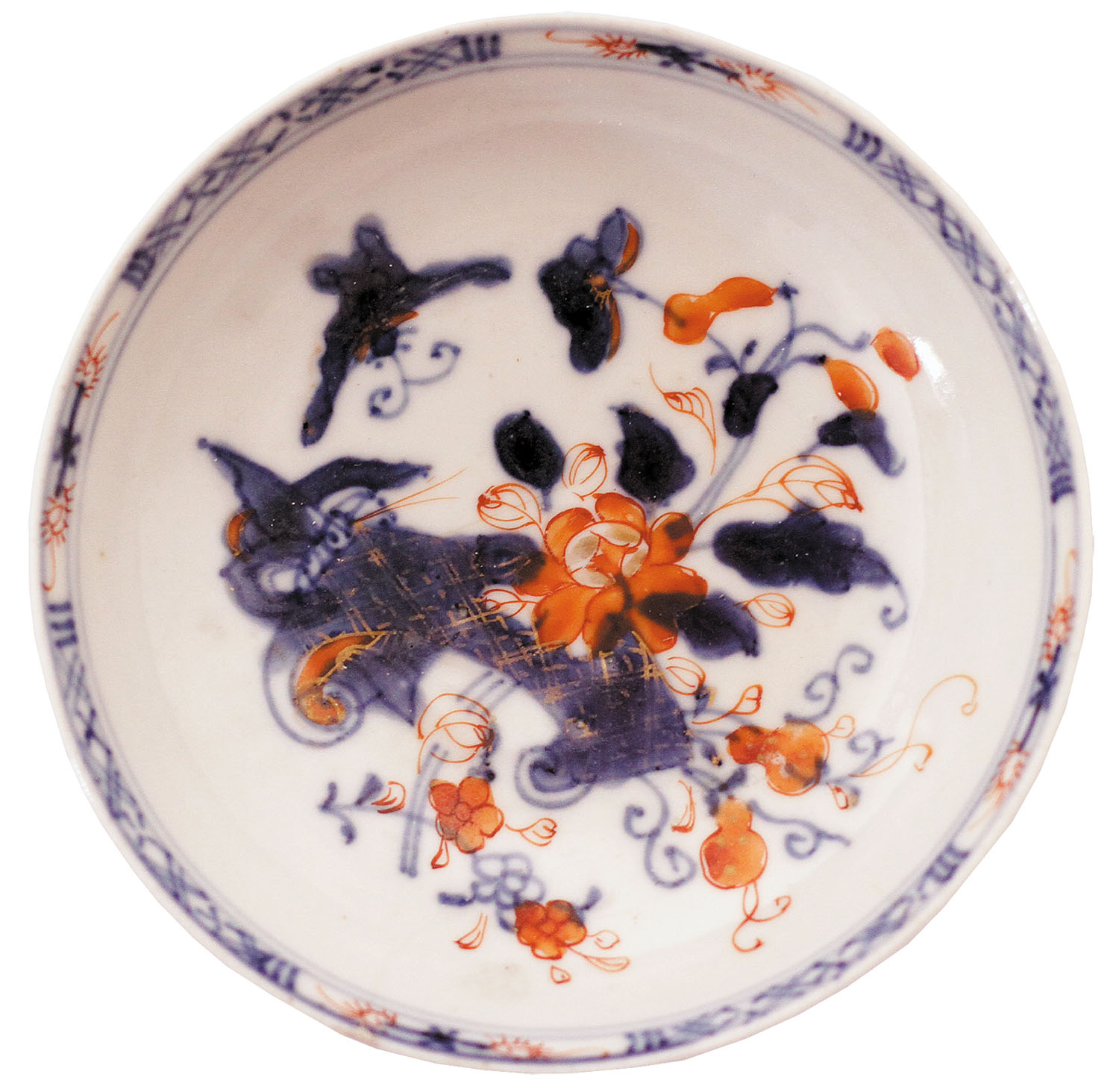
Some of the earliest exchanges between South America and China emerged out of the porcelain trade.
Chinese porcelain made its way to the Americas starting in the 16th century through the Manila Galleon trade route. At the time, Esteco I was at the heart of Spain’s vast colonial holdings in the continent. (Argentina did not declare independence until three centuries later.)
The porcelain items were primarily circulated in Argentina during the Ming (1368-1644) and Qing (1644-1911) dynasties, said Villaran.
“Most of the pieces on display were likely crafted towards the end of the Ming Dynasty at the earliest, but predominantly during the Qing Dynasty, spanning the 18th and 19th centuries,” Villaran told China Daily.
Aside from porcelain, traders moved silk and spices along the route that span the globe starting in China, traveling westwards to Europe, and on Manila galleon sailing vessels across to the Americas.
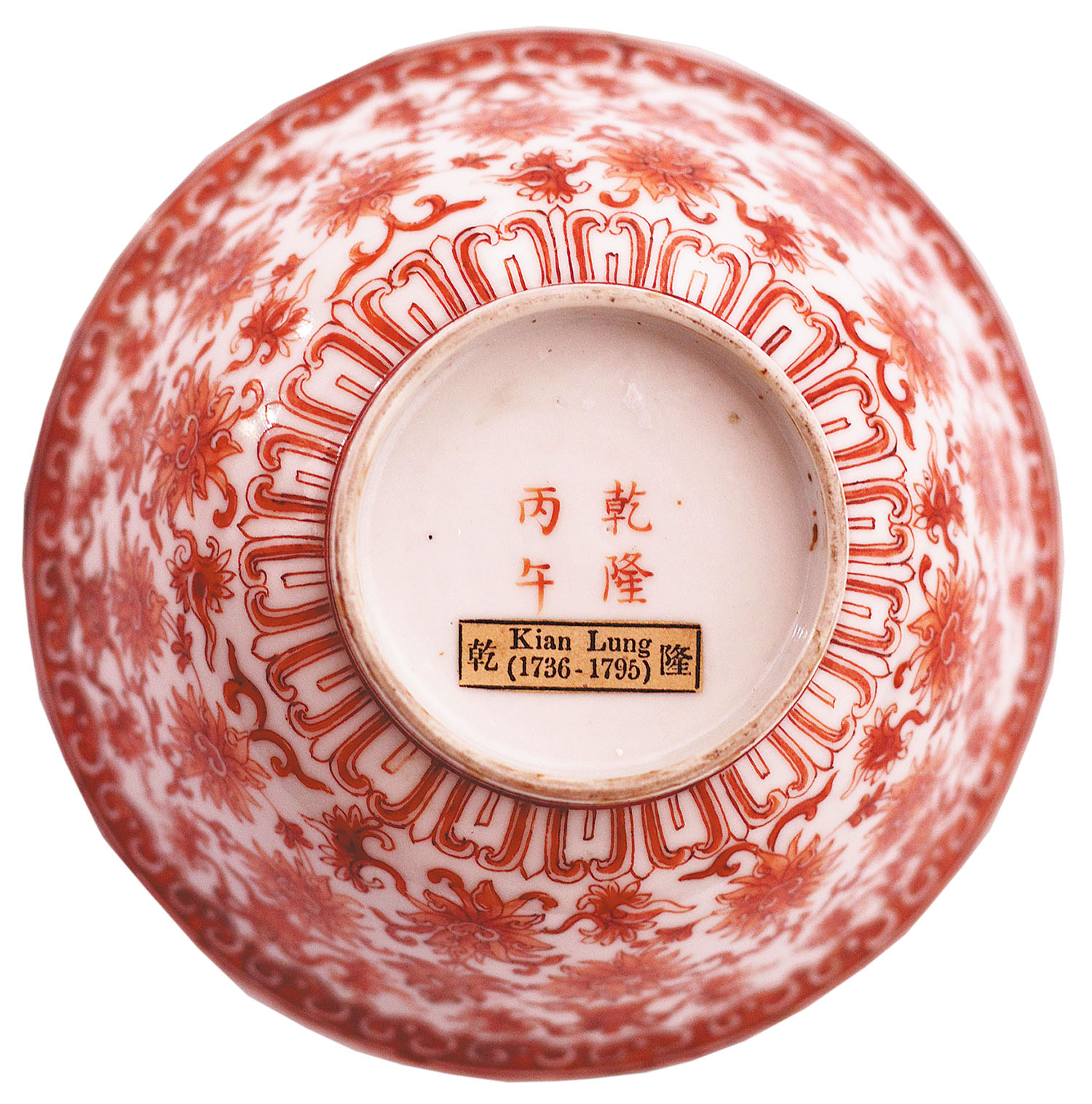
Despite these deep roots, there is relatively little research on how that trade helped South America’s culture evolve. However, various studies suggest that porcelain arti-facts were widely circulated.
The History Museum of the North holds permanent collections that chronicle the region’s rich history while the building itself is a National Historical Landmark, and the Millennial Porcelain exhibit takes the exploration of China’s links to the region a step further. It allows visitors to discover the rich history of China’s porcelain trade, its art and origins in China, the role of the ancient Silk Road, and their journey from China to Esteco.
The exhibit includes porcelain figurines, illustrations, bowls, incense burners, and more. The pieces are decorated with a variety of designs, including peonies, plum blossoms, peach blossoms, pheasants, and more.
There are pieces from the Famille Rose, porcelain painted with rose and pink shades, and Famille Verte, which has yellow, blue, red, green, and purple color ranges.
The Famille Rose pieces were known in China as yangcai or foreign colors because they originated in Europe in 1685. Famille Verte pieces use a palette of yellow or rich greenish black created largely during the reign of Emperor Kangxi. During the reign of Emperor Yongzheng (1722 to 1735), the rose colors became favored over the older and more traditional greens.
The exhibit includes other pieces, such as a plate that depicts the Magu Goddess, the Goddess of Longevity, who is often displayed as a young woman clad in an apron or leaves.
The exhibit helps shine a light on the historical fascination with Asian art collections, “a vogue stemming from a broader European trend prevalent during the 19th and early 20th centuries,” said Villaran. “This movement had an impact on the collection of Oriental pieces, forming the conceptual framework for this exhibition. The display showcases a variety of plates, vases, and other tableware decorated with Chinese motifs.”
The fragments from 16th century Esteco are among the oldest pieces on display, said Villaran.
“While only fragments were found, as no complete pieces have survived, their discovery is significant. It offers insight into the artistic production of everyday objects, both decorative and practical,” added Villaran.
The writer is a freelance journalist for China Daily.


